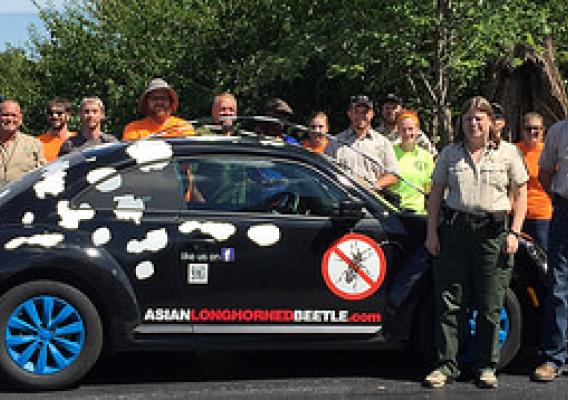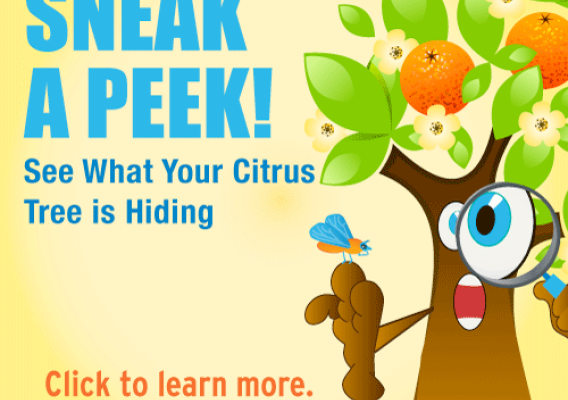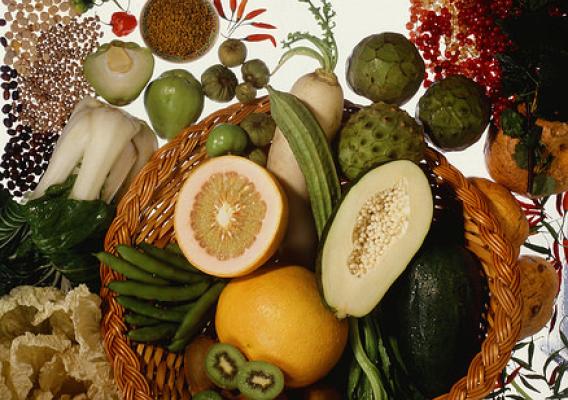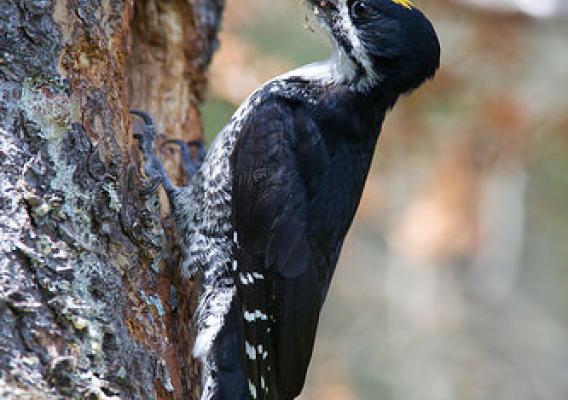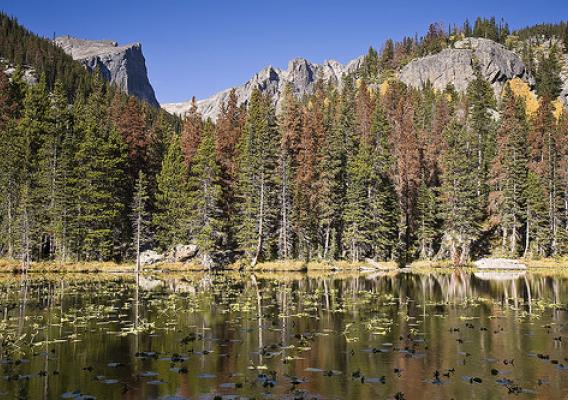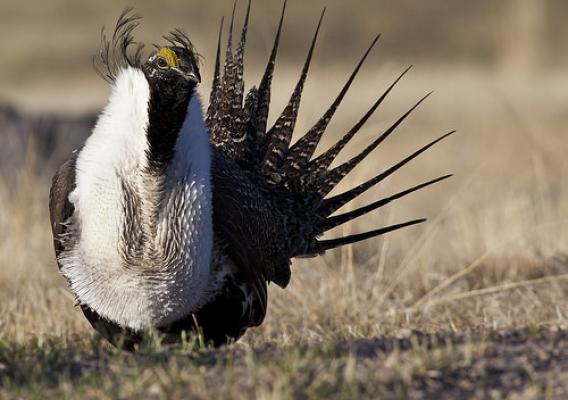This post is part of the Science Tuesday feature series on the USDA blog. Check back each week as we showcase stories and news from USDA’s rich science and research portfolio.
Bountiful harvests don’t magically appear on store shelves and supermarkets. USDA scientists strive to make sure that the variety of meats, fruits, vegetables and grains we enjoy are hardy enough to withstand insects, diseases, droughts and other natural threats familiar to anyone with a garden or farm.
David Fairchild, a USDA scientist, was a key part of that effort. Fairchild collected plants from all over the world so they could be studied and bred. He organized the USDA's Office of Foreign Seed and Plant Introduction and served as its chairman for more than 20 years. He is credited with introducing about 30,000 plant species and variations into the United States, and he was instrumental in establishing gardens throughout the United States to screen plants with potential for improving our diets, gardens and landscapes.

